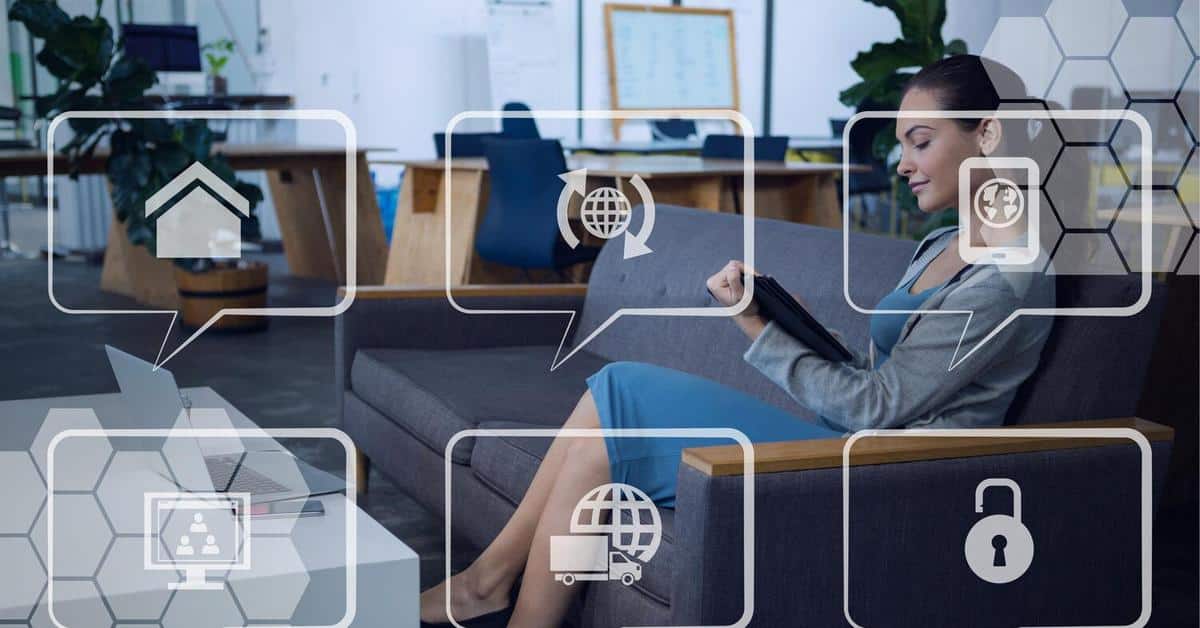
Protecting Your Privacy in a Digital Home
As our homes become increasingly connected, ensuring our privacy within these digital spaces has become more important than ever.
Understanding the Risks
Smart home technology offers convenience and efficiency, but it also introduces potential privacy risks. According to a study by the Pew Research Center, 54% of Americans are concerned about the amount of personal data collected by smart devices. This concern is not unfounded, as smart devices often gather data to improve functionality and user experience.
Expert Insights
Cybersecurity expert Bruce Schneier has noted, “The more connected our homes become, the more opportunities there are for intruders to access personal information.” This highlights the need for awareness and proactive measures in safeguarding our digital privacy.
Common Vulnerabilities
- Weak Passwords: Many smart devices come with default passwords that are easy to guess.
- Unsecured Networks: Without proper security, Wi-Fi networks can be vulnerable to interference.
- Data Sharing: Some devices share data with third parties, sometimes without explicit consent.
Protecting Your Privacy
- Use Strong, Unique Passwords: Ensure that each device has a unique password that combines letters, numbers, and symbols.
- Enable Two-Factor Authentication: This adds an extra layer of security by requiring a second form of verification.
- Regularly Update Software: Keep your devices updated to ensure they have the latest security patches.
- Secure Your Wi-Fi Network: Use a strong password and encryption to protect your home network.
- Review Privacy Settings: Regularly check and adjust privacy settings on your smart devices to control data sharing.
Consider setting up a guest network for your smart devices. This isolates them from your primary network, reducing the risk of data breaches.
Real-Life Example
Jane, a smart home enthusiast, noticed inexplicable data usage on her network. After investigating, she realized one of her smart cameras was sending data to an unknown server. By tightening her network security and adjusting her camera’s privacy settings, she was able to secure her digital space.
A Handy Comparison Table
| Security Measure | Protection Level | Ease of Implementation |
|---|---|---|
| Strong Passwords | High | Easy |
| Two-Factor Authentication | Very High | Moderate |
| Software Updates | High | Easy |
| Secure Wi-Fi | Very High | Moderate |
| Privacy Settings | Medium | Easy |
| Guest Network | High | Moderate |
| Firewall Configuration | Very High | Advanced |
| Data Encryption | Very High | Advanced |
Frequently Asked Questions
How often should I update my smart home devices?
It’s recommended to update your devices as soon as updates are available to ensure they have the latest security features.
Are smart home devices always listening?
Many devices have voice activation features, which means they may listen for wake words. Check device settings to manage these features.
What should I do if I suspect a security breach?
Immediately disconnect the device from your network, change your passwords, and contact the manufacturer’s support for further assistance.
Conclusion
Protecting your privacy in a digital home is a continuous process that requires vigilance and action. By understanding the risks and adopting simple yet effective security measures, you can enjoy the benefits of smart home technology while safeguarding your personal data.
For further reading on smart home security, visit [Consumer Reports](https://www.consumerreports.org/smart-home/). Stay informed and make your smart home not just convenient, but secure.


